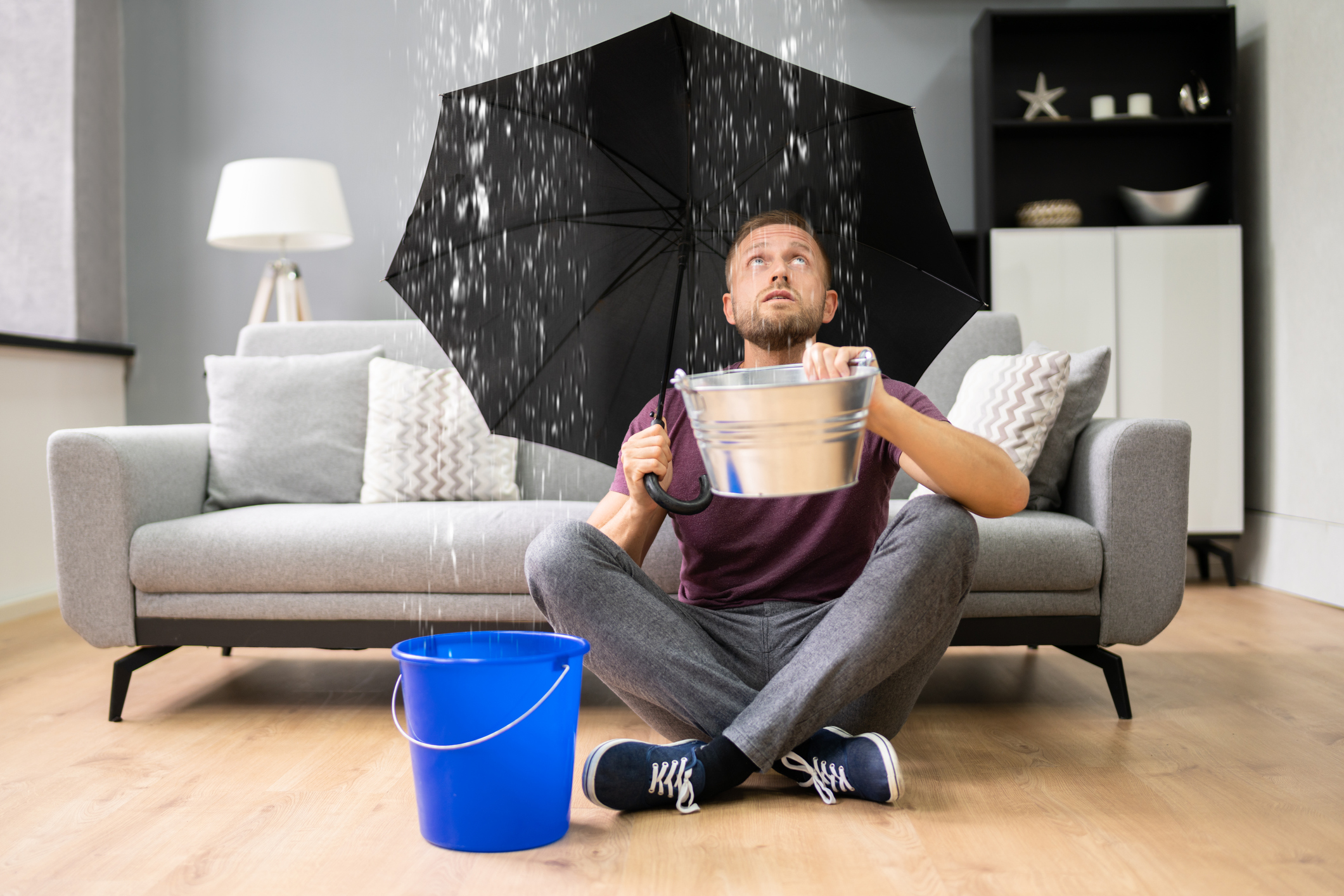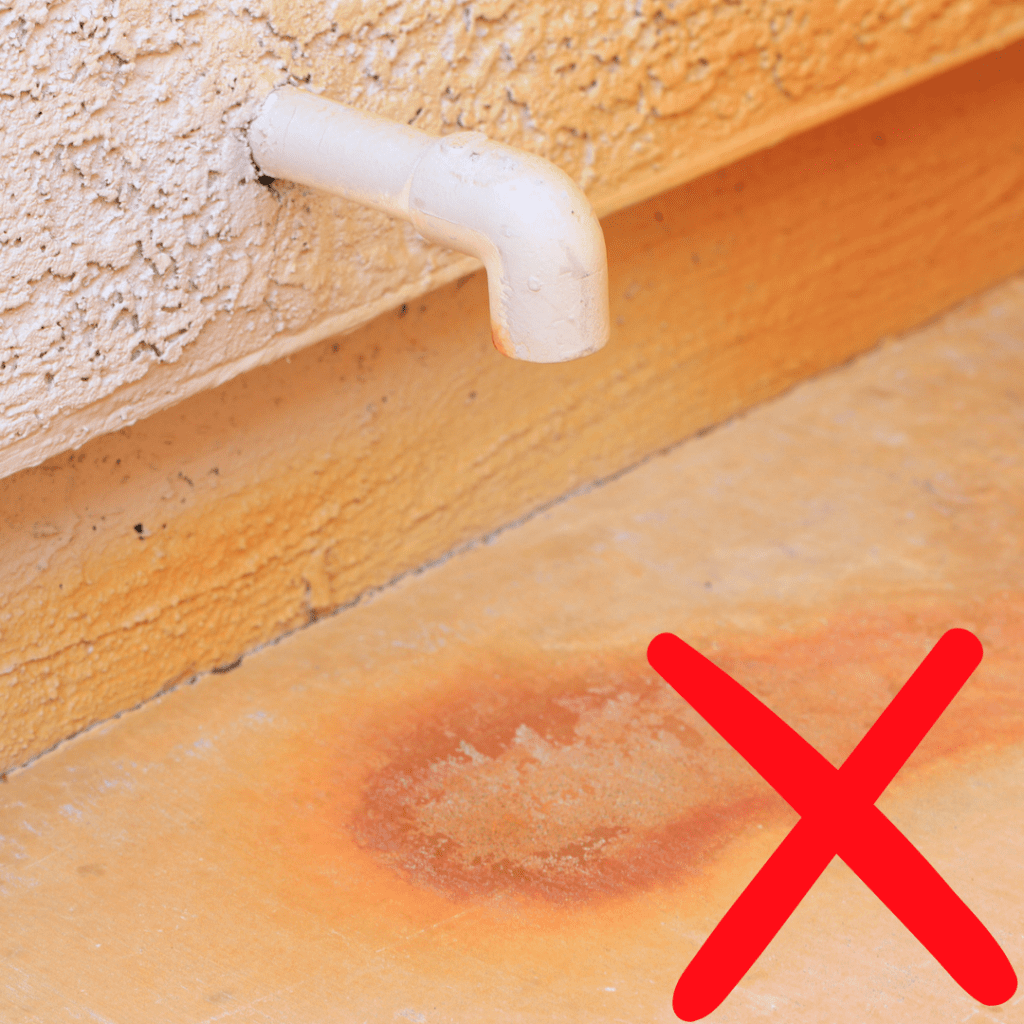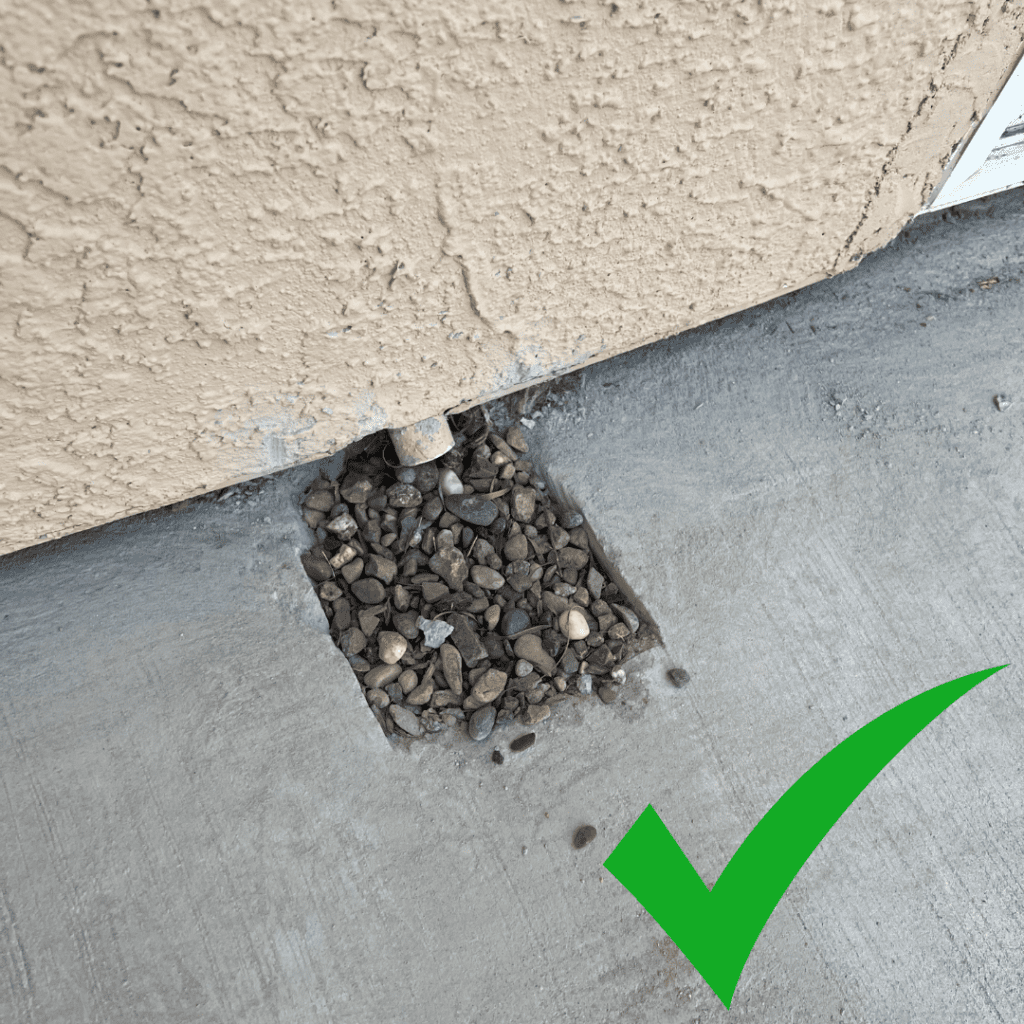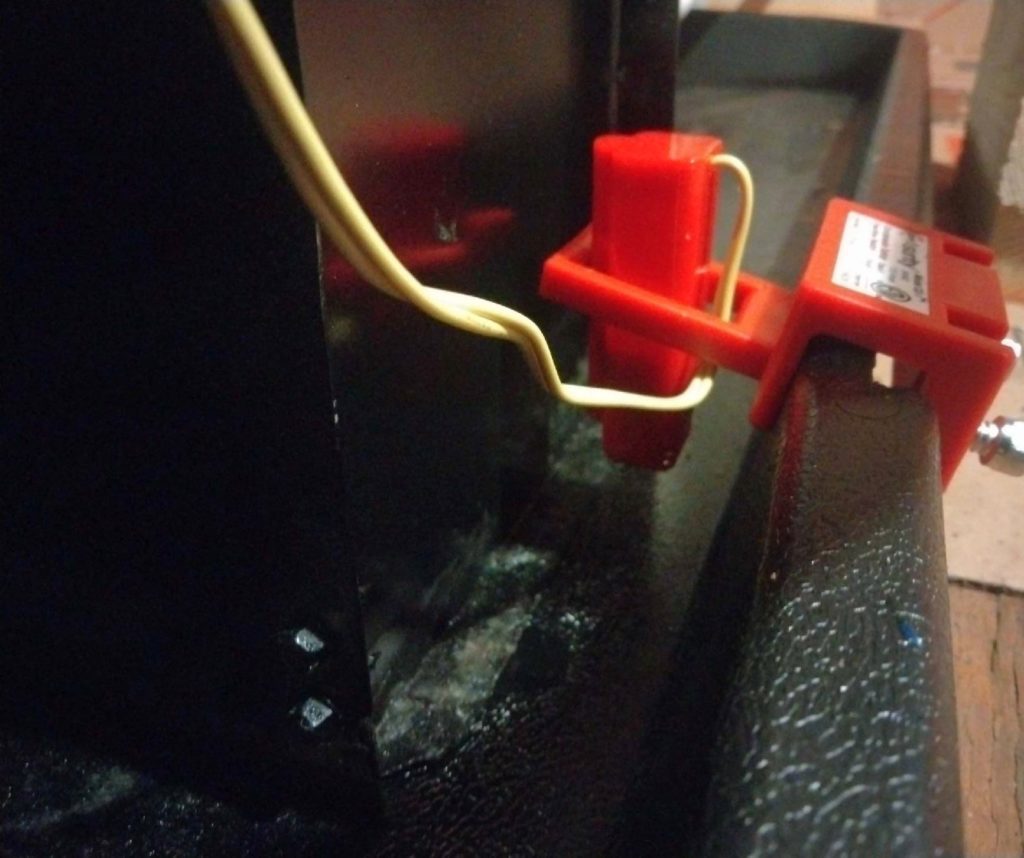
Did you know that an air conditioner’s primary job is to remove humidity from the air? Similar to when you grab a glass of ice water and the outside forms condensation, water condenses on the evaporative coil. Where does that water go? There is a drain pan at the bottom of the coil where it then runs through a condensate drain piped from the unit all the way to the exterior of the house typically into landscaping or a French drain.
That drain line is installed at a slight grade so that gravity does the work of getting the water out of the house. In some instances, there is a condensate pump that is needed to get the water moving.
If you have a split system where the furnace or air handler are in the attic, you will have two drain systems. The primary is explained above. The secondary or “safety” system is an over flow pan that catches water should the primary system fail. This pan also has a drain that will terminate over a window or a door. The reason for this is it will get your attention to say “that doesn’t look right” and you’ll be correct. If you ever see water coming out of a pipe high above a window or door, turn your system off immediately and call us for service.
When you fail to ignore this warning, water can overflow in the pan and start to leak into the attic, insulation, and eventually the dry wall causing a ceiling to fall in. Other damage can be caused to the system itself where water can short out circuit boards and motors.
What causes the primary to fail you ask? Most likely cause is lack of maintenance on your air conditioning system. Drain lines can become clogged with algae, dirt, spider nests, and other debris. Or it could be as simple as new landscaping covering up the primary drain line near the home’s foundation. The water backs up and can overflow back into the safety pan or system itself. Another long term issue where there is standing water would be growing mold and mildew.
One way we go above and beyond with our attic installations is by adding a shut-off switch. If there is water detected in that overflow secondary safety pan, the power to the system shuts off. Yes you’ll be calling us because your air conditioning stopped working, but it is better than calling when you’re ceiling has fallen in!
We highly recommend knowing where your condensate drains terminate. For rooftop systems, the pipe should run down your roof to the gutter. For split systems your primary condensate should land in a permeable surface such as soil or French Drain. It should never run onto concrete. This can lead to a slippery slimy surface and cause injury if it runs across a walkway.


Know where the secondary drain comes out over a door or window and if there is ever water dripping, contact us immediately!
Newer air conditioning systems are much more efficient than older systems and will create more condensation than you may be used to. It is always a good sign when water is coming out of the primary. Don’t be alarmed if it drains more than before. This is a good thing.
Regular maintenance of your HVAC system not only ensures the efficiency of the system giving it the longest life possible, but overall health and safety of your home.



